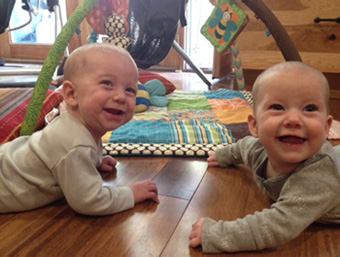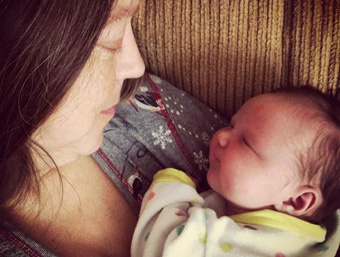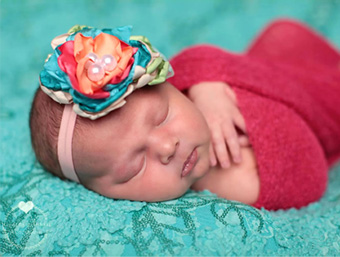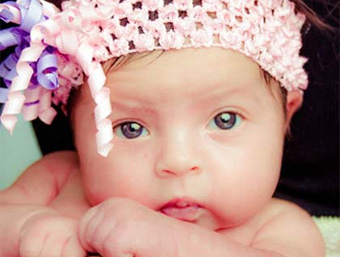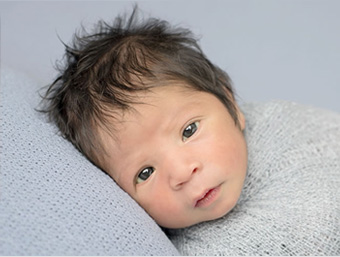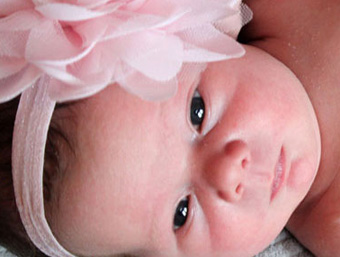Tubal Reversal Pregnancy Report 2009
Notice of Study Update
The following is Dr. Berger’s report from 2009. The corresponding page of an updated report can be seen at:
Tubal Reversal Pregnancy Report 2011 – Pregnancy Outcomes
Pregnancy Outcomes After Tubal Reversal At Chapel Hill Tubal Reversal Center
Tubal Reversal Success Rates – Pregnancy Outcomes By Age
Table 8 shows the relationship between age and pregnancy outcome following tubal ligation reversal at Chapel Hill Tubal Reversal Center. With increasing age, the percentage of pregnancies resulting in births declined due to an increasing percentage of miscarriages. Among women under age 35, over half of pregnancies resulted in birth or ongoing pregnancy while one third miscarried. The birth rate declined and the miscarriage rate increased significantly for women ages 40 and older. The overall ectopic pregnancy rate for all patients (14%) was higher than that found in the general population of women who have not had a tubal ligation, which is approximately 3%. The ectopic pregnancy rate after tubal reversal surgery may be overestimated, since some early pregnancy losses were reported as ectopic pregnancies when serum HCG levels did not rise normally but without confirmation of the diagnosis by ultrasound or laparoscopy. In the case of very early pregnancy loss, the actual site of the pregnancy (uterine or ectopic) is unknown. Whether there is an increased risk of miscarriage associated with tubal reversal is unclear. The miscarriage rate reported in the general population ranges from approximately 20% to 50% depending on a woman’s age and how early pregnancy testing is performed.
| Age | Pregnant | Birth/Ongoing | Miscarriage | Ectopic |
| <30 | 610 | 336 (55%) | 207 (34%) | 67 (11%) |
| 30-34 | 1367 | 668 (50%) | 495 (36%) | 204 (15%) |
| 35-39 | 1152 | 509 (44%) | 466 (41%) | 177 (15%) |
| 40+ | 188 | 61 (33%) | 110 (59%) | 17 (9%) |
Pregnancy Outcomes By Tubal Ligation Method
Table 9 shows the relationship between the tubal ligation method and pregnancy outcomes. Tubal ligation reversal after tubal clips (Hulka clip, Filshie clip) has the best outcome of all tubal ligation methods, with the highest birth rate (69%) and lowest miscarriage rate (25%) and ectopic pregnancy rate (6%). Reversal of tubal rings (Falope ring, Yoon ring) has the second best outcome, followed in order by ligation/resection and coagulation. These findings are almost certainly related to the minimal damage to the fallopian tube caused by tubal clips and rings.
| Method | Pregnant | Birth/Ongoing | Miscarriage | Ectopic |
| Clip | 306 | 210 (69%) | 77 (26%) | 19 (6%) |
| Ring | 614 | 317 (52%) | 232 (38%) | 67 (11%) |
| Ligation/resection | 1207 | 536 (44%) | 483 (40%) | 188 (16%) |
| Coagulation | 1053 | 460 (44%) | 429 41%) | 164 (16%) |
Pregnancy Outcomes By Fallopian Tube Length
Longer tubes are associated with better pregnancy outcomes than shorter tubes (Table 10). Among women with average fallopian tube lengths measuring 7.5 cm or longer, 61% gave birth or had an ongoing pregnancy. Birth rates declined while miscarriage and ectopic pregnancy rates increased with shorter tubal lengths.
| Length | Pregnant | Birth/Ongoing | Miscarriage | Ectopic |
| 7.5+ | 362 | 220 (61%) | 111 (31%) | 31 (9%) |
| 5.0-7.4 | 1966 | 976 (50%) | 724 (37%) | 266 (14%) |
| 2.5-4.9 | 920 | 353 (39%) | 417 (45%) | 150 (16%) |
| <2.5 | 44 | 13 (30%) | 24 (55%) | 7 (16%) |

